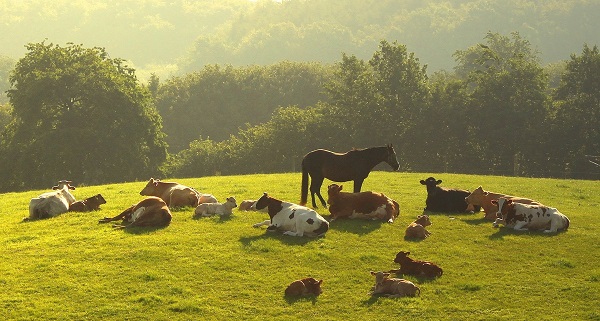
In this zone you will get introduced to Ostriches, Emus, Dwarf Cows, Ducks, Donkeys, Dwarf Coats, Turkeys, Mini Horses.
Ostriches
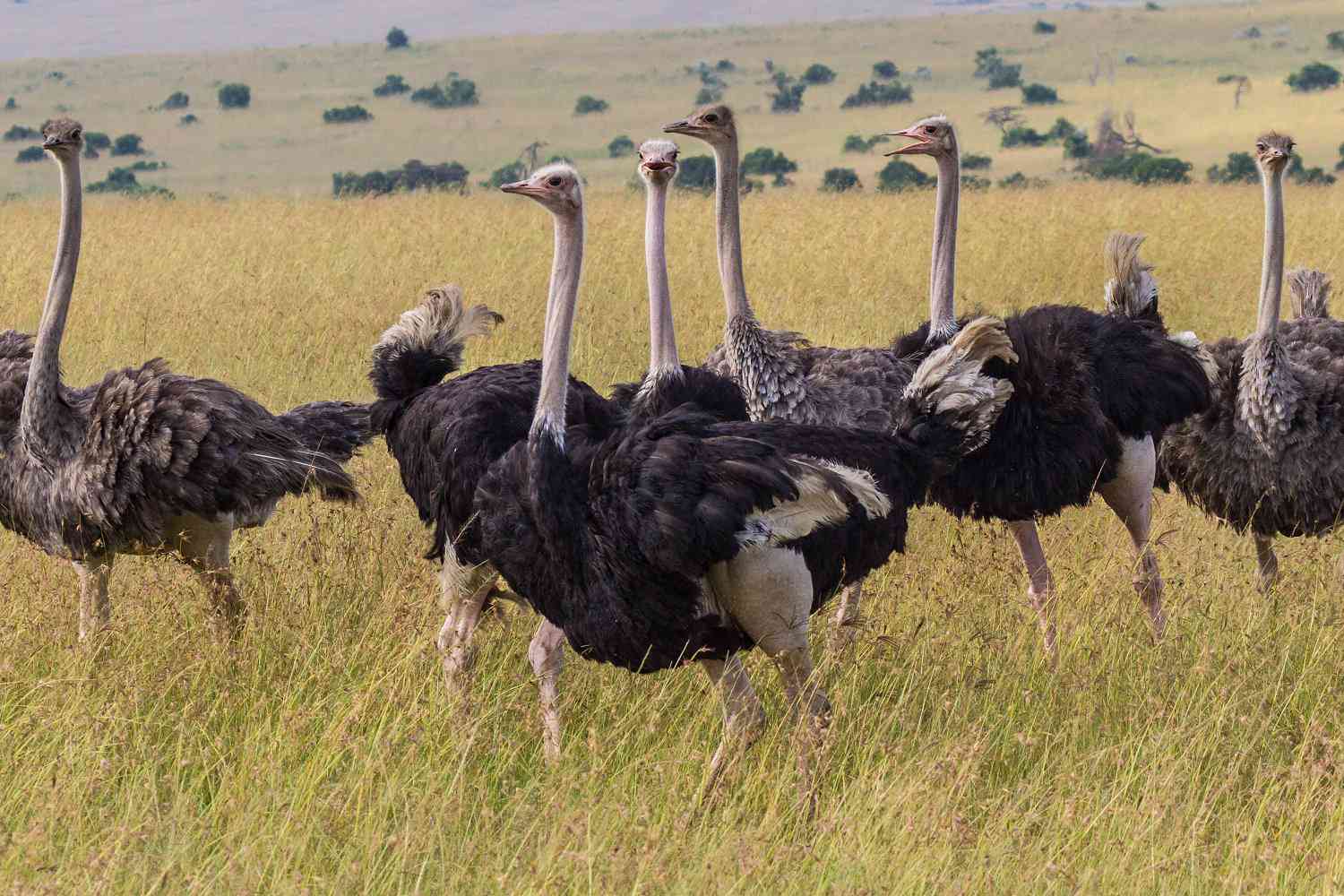
Ostriches are large flightless birds of the genus Struthio in the order Struthioniformes, part of the infra-class Palaeognathae, a diverse group of flightless birds also known as ratites that includes the emus, rheas, and kiwis. There are two living species of ostrich: the common ostrich, native to large areas of sub-Saharan Africa and the Somali ostrich, native to the Horn of Africa. The common ostrich was also historically native to the Arabian Peninsula, and ostriches were present across Asia as far east as Mongolia during the Late Pleistocene and possibly into the Holocene.

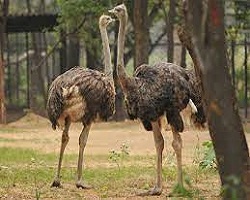

Emus
 Breeding takes place in May and June, and fighting among females for a mate is common. Females can mate several times and lay several clutches of eggs in one season. The male does the incubation; during this process he hardly eats or drinks and loses a significant amount of weight. The eggs hatch after around eight weeks, and the young are nurtured by their fathers. They reach full size after around six months, but can remain as a family unit until the next breeding season. The emu is an important cultural icon of Australia, appearing on the coat of arms and various coins. The bird features prominently in Indigenous Australian mythology.
Breeding takes place in May and June, and fighting among females for a mate is common. Females can mate several times and lay several clutches of eggs in one season. The male does the incubation; during this process he hardly eats or drinks and loses a significant amount of weight. The eggs hatch after around eight weeks, and the young are nurtured by their fathers. They reach full size after around six months, but can remain as a family unit until the next breeding season. The emu is an important cultural icon of Australia, appearing on the coat of arms and various coins. The bird features prominently in Indigenous Australian mythology.

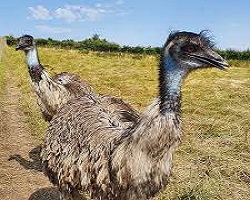
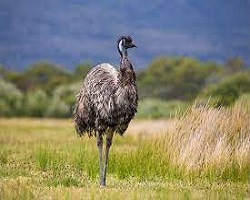
Dwarf Cows
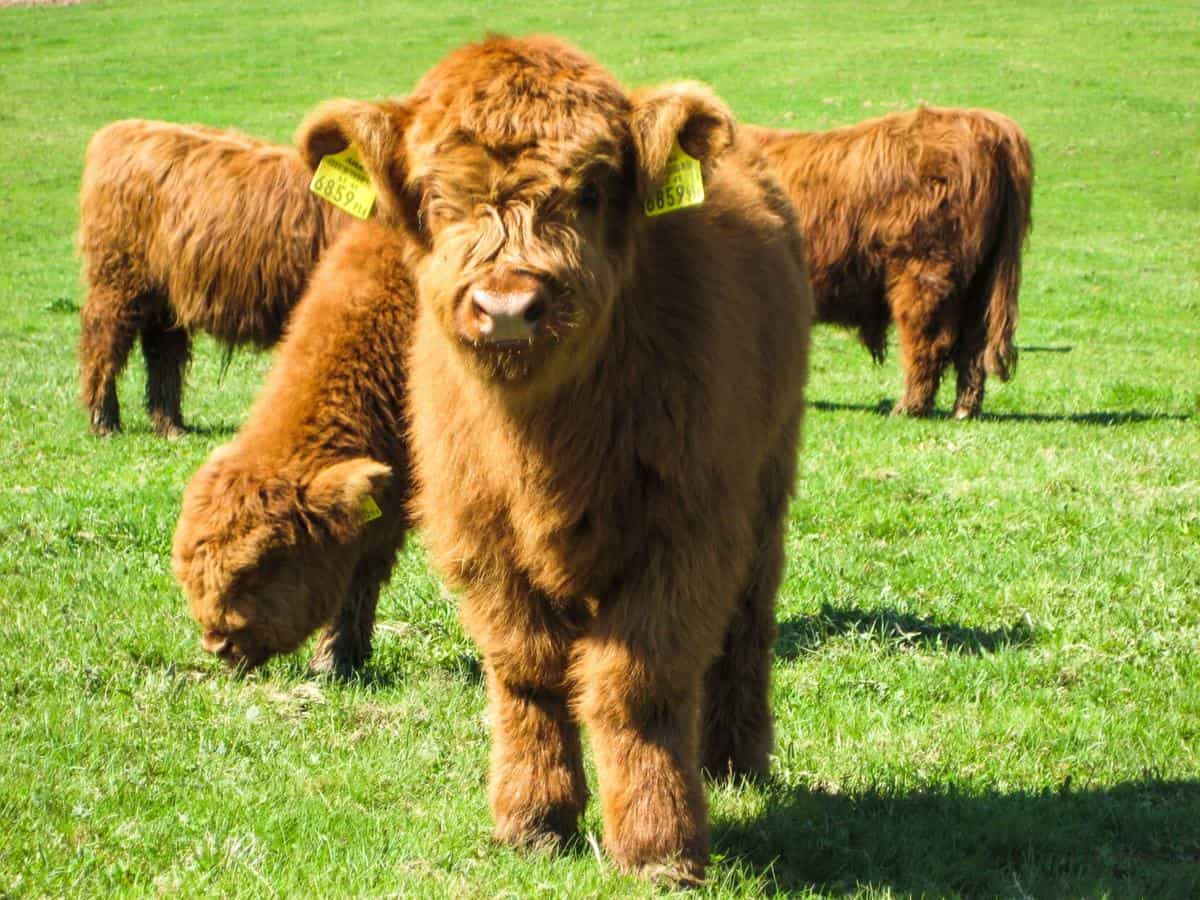
The breed is named after the town of its origin, Punganur, in Chittoor district situated in the south-eastern tip of the Deccan Plateau. Animals are white and light grey in colour with a broad forehead and short horns. Its average height is 70–90 cm and its weight is 115–200 kg. The cow has an average milk yield of 3 to 5 litres/day and has a daily feed intake of 5 kg. It is highly drought resistant, and able to survive exclusively on dry fodder.
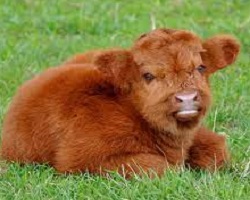
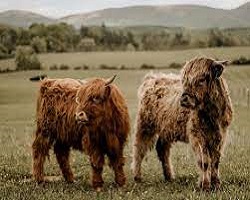

Ducks

Duck is the common name for numerous species of waterfowl in the family Anatidae. Ducks are generally smaller and shorter-necked than swans and geese, which are members of the same family. Divided among several subfamilies, they are a form taxon; they do not represent a monophyletic group (the group of all descendants of a single common ancestral species), since swans and geese are not considered ducks. Ducks are mostly aquatic birds, and may be found in both fresh water and sea water.

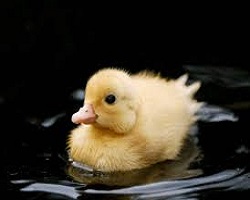
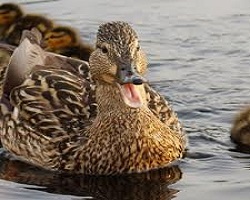
Donkeys

There are more than 40 million donkeys in the world, mostly in underdeveloped countries, where they are used principally as draught or pack animals. While working donkeys are often associated with those living at or below subsistence, small numbers of donkeys or asses are kept for breeding or as pets in developed countries.
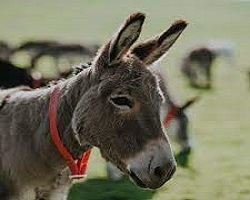
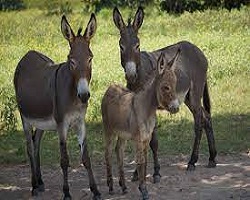
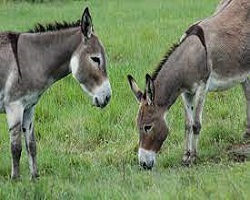
Dwarf Goats

The Nigerian Dwarf is small but well-proportioned; its conformation resembles that of larger dairy goats. It may be horned or naturally hornless. The coat is fine and fairly short, and may be of any color, or multicolored, common colors are gold, chocolate and black, frequently with white markings. The facial profile may be concave or straight; the ears are upright. The average weight is approximately 35 kg (75 lb), while maximum height is about 60 cm (24 in) for males and slightly less for females, stock bred for dairy performance may be rather larger than show or companion animals
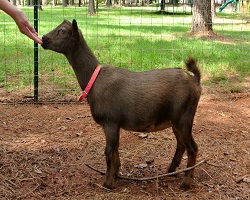


Turkies

The turkey is a large bird in the genus Meleagris, native to North America. There are two extant turkey species: the wild turkey (Meleagris gallopavo) of eastern and central North America and the ocellated turkey (Meleagris ocellata) of the Yucatán Peninsula in Mexico. Males of both turkey species have a distinctive fleshy wattle, called a snood, that hangs from the top of the beak. They are among the largest birds in their ranges. As with many large ground-feeding birds (order Galliformes), the male is bigger and much more colorful than the female.

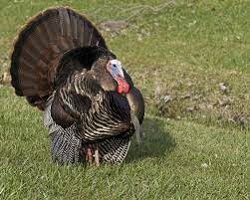

Mini Horses

A miniature horse is a breed or type of horse characterised by its small size. Usually it has been bred to display in miniature the physical characteristics of a full-sized horse, but to be little over 100 cm (40 in) in height, or even less. Although such horses have the appearance of small horses, they are genetically much more similar to pony breeds such as the Shetland. They have various colors and coat patterns. Miniature horses are present in several countries, including Argentina, Australia, France, Germany, Holland, Ireland, Namibia, the Philippines, the United Kingdom and the United States
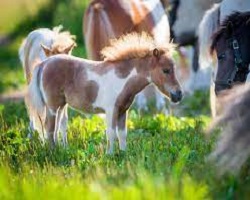

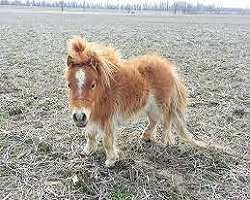

Funderapark
The idea of interactive bird park is inspired from “Welt Vogelpark Walsrode”, Germany. It is further tailored to our native lifestyle by our Founder Vishaknath Venkatrajan.
Other Zones
Reach Us
Nilavoor Rd, Yelagiri, Vellore - 635853
Email Us
Call Us
Copyright © 2022 Funderapark, All Rights Reserved.
Powered by J B Soft System, Chennai.
